I've been been looking for a new scope as an upgrade from my Gen 2 Vortex PST for a few months now, when Sarvo posted on here for volunteers to test out the Delta Stryker HD with the only strings attached being to write a review I jumped at the chance. I had the scope for 10 days and used it a lot on both my 22lr and 223, comparing it to my current Vortex PST and testing it out in situations I find the most challenging in PRS/Practical shooting matches.
Long story short:
I found the scope to be fantastic piece of glass, a definite step up from my 3-15 Vortex.
The glass, turrets and general fit and finish was excellent, no complaints at all. The only two minor criticisms I had is the FOV (Field of View) is not as wide as my Vortex and the reticle was not perfectly to my liking, but in actual use neither of these turned out to be an issue, and I imagine many people would not notice or care.
Now the long version.
I'm not going to list all the specifications as they are readily available online.
General info:
The scope is built by LOW (Light Optical Works) in Japan, a company that has a reputation for making quality rifle scopes for many different company's.
The fit and finish was excellent, all the controls felt great; the turrets clicks and locking/unlocking was audible and tactile; the parallax, magnification and illumination controls provided enough resistance but were not too stiff. The knurling on the turrets and magnification ring were substantial enough to ensure a good grip on the controls.
The overall design is kind of semi compact, not an ultra short and not super long like some higher magnification scopes, not that it really matters but the scope didn't look silly on my 16" 22lr or 18" 223. The 34mm tube and 56mm objective lens certainly don't make for a ultralight hunting scope, the specs say the scope weighs 37oz which I found surprising as I didn't fell like the scope was that heavy.
The 34mm tube allows for a 29mils of elevation, not class leading but more than enough for all use cases outside of Extreme long range.
The reticle was well sized for the broad 4.5-30 magnification range, not ridiculously small on 4.5x and not stupid thick on 30x, the 56mm objective did perform well in low light.
Glass:
This was the first higher end scope I'd got to use for an extended period so wasn't sure what to expect, first impressions were that it didn't really seem like a huge improvement over my Vortex but after a bit of use it become pretty clear the glass was significantly better.
When looking at a steel or paper target in bright sunlight the glass seemed similar but when looking at a more complex background the image in the Delta really stood out as having better resolution (a clearer image) but also much better contrast, branches/trees/buildings would really pop out vs a far more flat image offered from the Vortex.
When looking at a mallard sitting out in a paddock about 500m away, with both scopes set to 15x the Vortex could see the duck but it didn't really stand out, the image from the Stryker was just so much crisper and the colours from the mallard really stood out from the surrounding green grass.
There was really nothing to complain about from the glass point of view, the eyebox was not fussy even on 30x, whilst I could induce a fair amount of chromatic aberration if I didn't have my eye lined up properly behind the scope, with a proper cheek weld the CA was minimal, not something I found myself worrying about.
The parallax adjusts down as low as 23m which is great for use on a precision 22lr, something I noticed was that the parallax was quite picky above about 20x the parallax adjustment had very little room for error which made getting a perfectly crisp reticle very easy for shooting paper targets. I was concerned that this would lead to issues in more dynamic situations like switching between targets at different ranges, something that happens a lot hunting or in shooting matches but to my surprise this wasn't the case, I'll explain later.
As mentioned above I noticed that the FOV is a little narrower than what I am used to but in actual shooting situations it proved to not be a big issue, and comparing the Deltas specs to other high end scopes it's actually very good, I've just been spoilt by the Vortex PST.
NOTE: the scope didn't give a tunnel vision effect like you get when looking down a long narrow tube, the amount of black ring you could see was very minimal which is something I really dislike in other scope designs, whilst it doesn't always mean the FOV you see is actually smaller I find less tunnel vision to be more natural, especially shooting with both eyes open, so I was very happy the Delta didn't suffer from that effect.
Turrets:
Locking turrets or capped windage is a must have for me, I never dial for wind and have had my windage turret turn on me in the field and found myself wondering why I was missing so far to the left.....
The locking turrets on the Delta were excellent, the clicks were audible and tactile just like you'd expect and the locking function is smooth and easy to do behind the scope.
What I didn't expect was just how awesome the tool less zero was, as I was swapping the scope between rifles I used this feature a lot and I cannot stress how nice it was not having to take a allen key with me and piss around with little grub screws. Swapping the scope between rifles, zeroing for different loads or changing zero for adding/removing a suppressor is a breeze.
The zero stop requires a allen key to set but is a simple task to do with the turret removed, if you set your zero stop .5mil or so lower than your actual zero then you are left a bit of wriggle room for any changes you need to make.
The turrets have a revolution counter that rises from the centre of the turret giving you a fail proof indication that you may be a full revolution out.
The finger removable cap that allows you too adjust the turrets
Turrets are splined so easy to rezero
There are three O-rings which keep out dirt and moisture
A very subtle feature but an excellent one was the windage zero marker (parallax too) being offset rather than inline with the scope tube, on most scope the windage mark ends up obscured by your scope rings and means you have to shift your head way out to check whether you are zeroed or not.
Reticle:
The Stryker came with Deltas tree reticle the LRD-1T, as I've gotten more into PRS type shooting I've really grown to like christmas tree style reticles, most of the time I dial elevation and hold for wind but there are times when holding for both is quicker and more practical. As I've began to use tree reticles more I've also grown fussy about the different design features.
For the most part I really liked the reticle, the .2mil hashes and dots make for accurate holds, the reticle thickness was a little thinner than the EBR-7c I was used to, I initially felt the reticle was a bit on the thin side but after some use I got used to it and could use the tree from about 8x upwards.
Obviously being FFP the reticle was very thin on 4.5x but I was still able to use it for offhand and positional shooting and on 30x the reticle was still fine enough to not obscure small targets.
The one thing I didn't like so much in the reticle was the two little cross left, right and above the central cross, I would have preferred it to have just carried on with the .2mil hash marks but the crosses .5mil and .8mil were still usable for wind holds and different parts of the crosses made up finer holds. I did get used to it and it wasn't the cause of any missed shots so ultimately isn't an issue but I still felt it was a tad odd.
Reticle at 4.5x
Reticle at 30x showing illumination
Reticle at 15x
Illumination:
Whilst FFP reticles give some obvious advantages for hunting and practical shooting there is a few disadvantages, worst of which is reticle visibility at low magnification and when shooting in low light. Illumination can be done a few ways; full tree, main cross hair or centre only, the LRD-1T reticle is centre illumination only.
I've used FFP scopes with all three methods of illumination and I really cant decided what my preference is, full tree and full cross hair is obviously better if you intend to use the reticle for holds when lighting conditions require it but I find it will tend to wash out the target even when set to the lowest setting, making the overall situation no better than a clear target with difficult to see reticle. The centre only illumintion doesn't have that effect, giving you a somewhat red-dot like reticle which worked exceptionally well in fading light.
I tested the Delta and my Vortex (with full tree illum) side by side as last light was fading and found the Deltas illumination to be better for engaging targets that would represent shooting an animal under extremely low light.
Field use:
So how did the scope actually perform in the field? Very well!
As mentioned I loved the turrets and used the tool less zero feature a lot, the offset marks for parallax and windage were also very useful.
The built in throw lever nub was a welcomed addition, it's easily removable if you don't want to use it but it makes quick magnification changes so easy I don't know why you wouldn't keep it.
Previously I've found with my Vortex PST using hold overs about about 4mil gets a little difficult I had kind of set myself a limit of about 4mil or 5mil hold when shooting in a match.
The edge to edge clarity and improved resolution in the Delta really showed itself when using extreme hold overs in the reticle, shooting my 22lr out to 215m with a 40m zero required 10.5mils of elevation, these holds were a piece of cake in the Delta and were a situation were the Delta really showed it's worth.
Something I want to test was whether the picky parallax would give issues when quickly changing between targets at different distances, I set up a few "stages" that intentionally set up to exploit this weakness and to my surprise it wasn't actually an issue. With my 22lr I set targets at 35m, 105m and 215m and set out to alternately shoot them quickly without changing the parallax settings, by choosing a middle setting (say 70m) and magnification between 8x-15x (what I usually use in this situation) I was easily able to engage a very small target at 35m then jump out to 215m and engage targets. I shot a similar test with my 223, switching between targets set at 200m, 310m and 380m, again parallax error didn't give me any issues if I set it to a mid point.
NOTE:I really thought in the above situation the greater FOV in my Vortex would prove to be an advantage but in reality it didn't really make a difference.
I didn't actually test the Delta for mechanical tracking due to time, weather and equipment constraints, the previous user said he tested it and found it to be perfect so I took his work for it.
All of my testing I used a combination of hold overs and dialing for elevation, either holding or dialing 10.5mils at 215m with my 22lr gave me the exact same hits so I was happy to call the tracking good.
Final thoughts:
Over all I used the scope almost every day for the 10 days I had it for and used a lot of 22 and 223 ammo testing it out.
The initial "issues" I had with the FOV and reticle eventually faded away and I really grew to love finer details that made the scope more usable in practical use, it was difficult to give it back as I had really grown to like it.
The Delta is currently being offered for $2945 which I think is excellent value. The PST Gen 2 scopes I have been using cost around $1800-$2200 depending on the model, whilst I've found them to offer good value for money I think the improvements offered in the Delta Stryker are well worth the extra cost.
The improved glass quality, the locking turrets, tool less zero, and all the little quality of life improvements make the scope and outstanding piece of kit and offer advantages over other competing scopes that are more expensive, the gripes I had with the FOV and slightly odd reticle can also be found in other high end scopes costing considerably more money.
It has definitely made the short list of scopes to replace my 3-15 PST.
There are other scopes that I'm still considering but all the little things the designers of the Delta Stryker included in the design has put it at the top of my list. All the seemingly small features stack up to make a scope that is just exceptionally practical for field use.
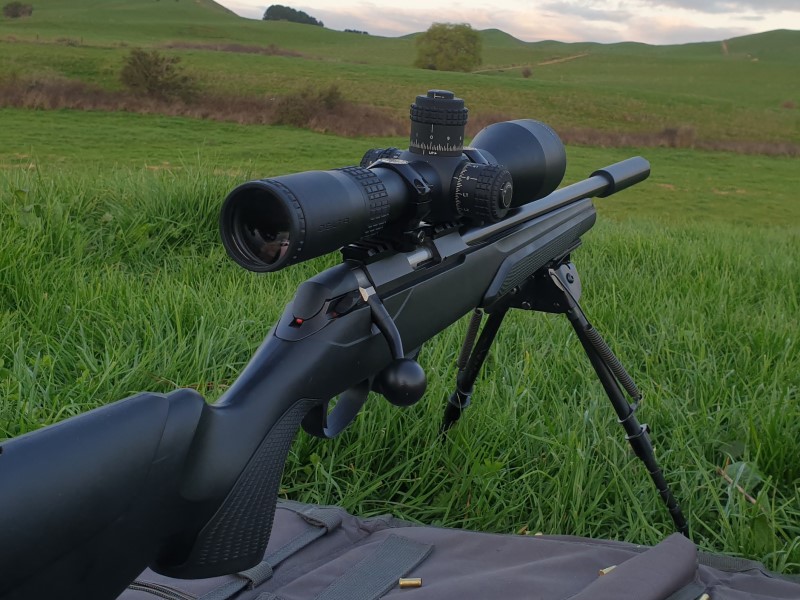
Welcome guest, is this your first visit? Create Account now to join.
Welcome to the NZ Hunting and Shooting Forums.
Search Forums
User Tag List
+ Reply to Thread
Results 1 to 4 of 4
Thread: Delta Stryker 4.5-30x56 Review
-
15-09-2020, 10:29 AM #1
Delta Stryker 4.5-30x56 Review
Last edited by Beetroot; 15-09-2020 at 10:35 AM.
-
-
15-09-2020, 10:44 AM #2
Why oh why do people design FFP reticles with the numbers exactly where your wind hold is going to be ?

Similar fundamental error on the Vortex Diamondback Tactical range.Viva la Howa ! R.I.P. Toby | Black rifles matter... | #illegitimate_ute
-
15-09-2020, 10:53 AM #3Member

- Join Date
- Apr 2017
- Location
- Marlborough - Pelorus Sound
- Posts
- 5,459
Reticle options on this model are
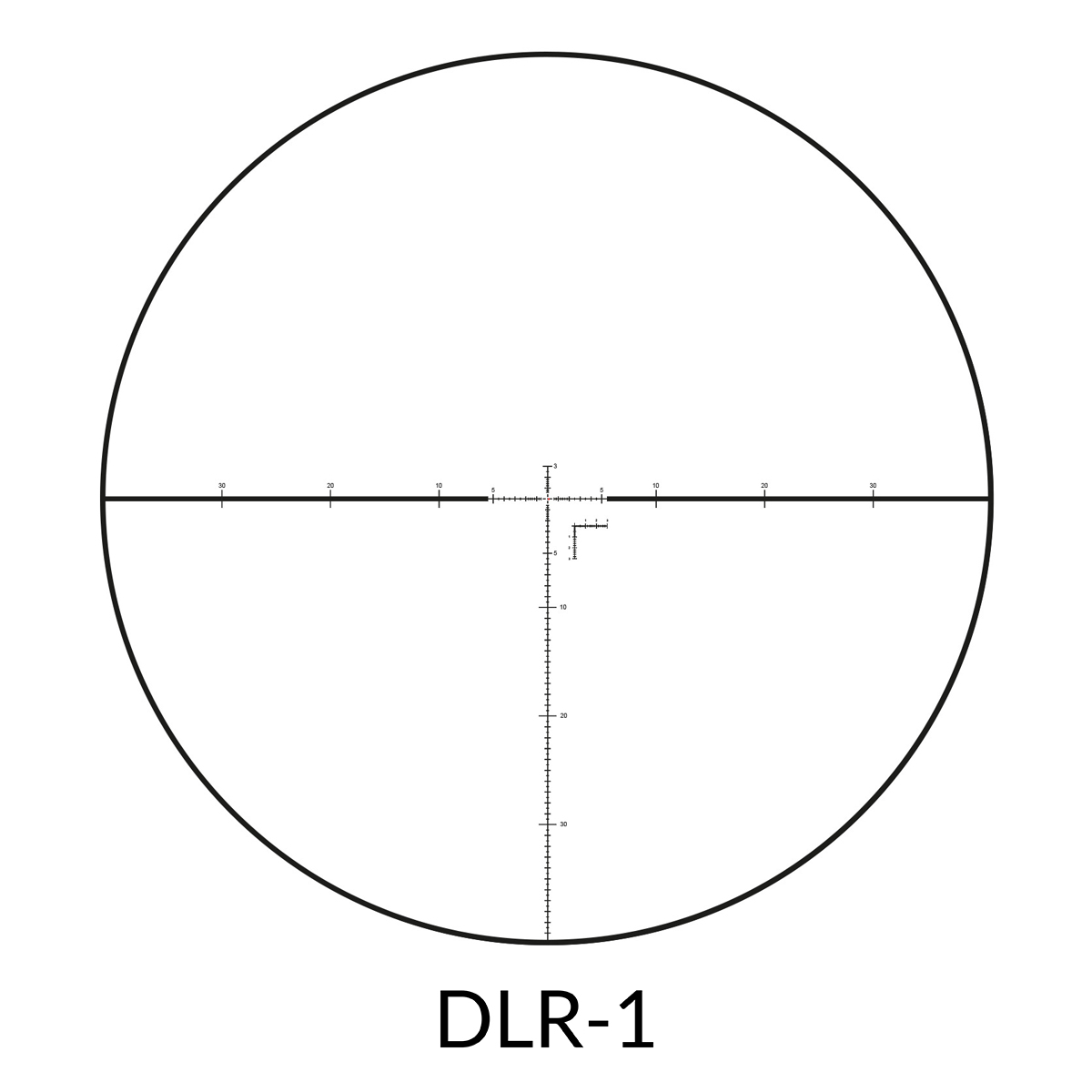
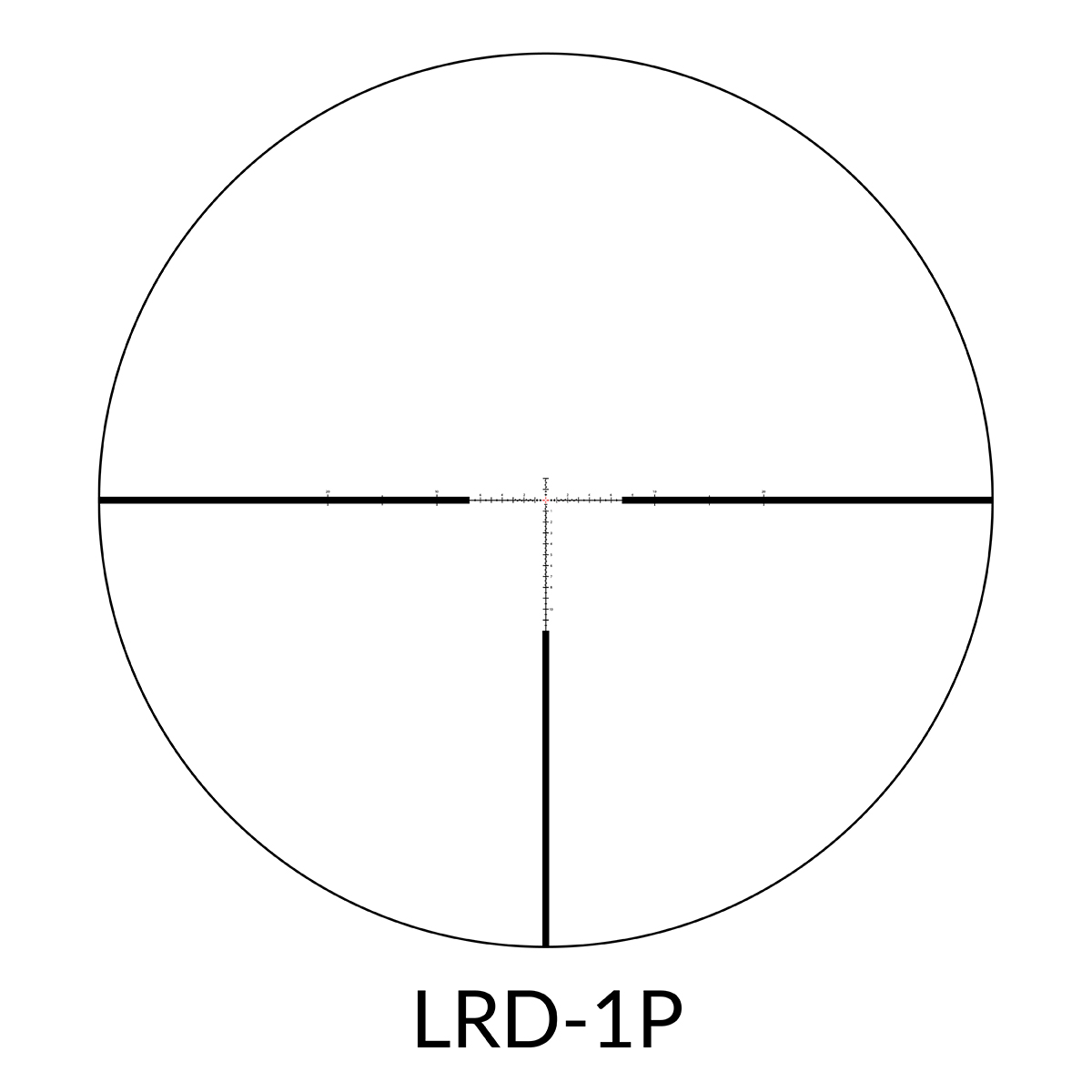
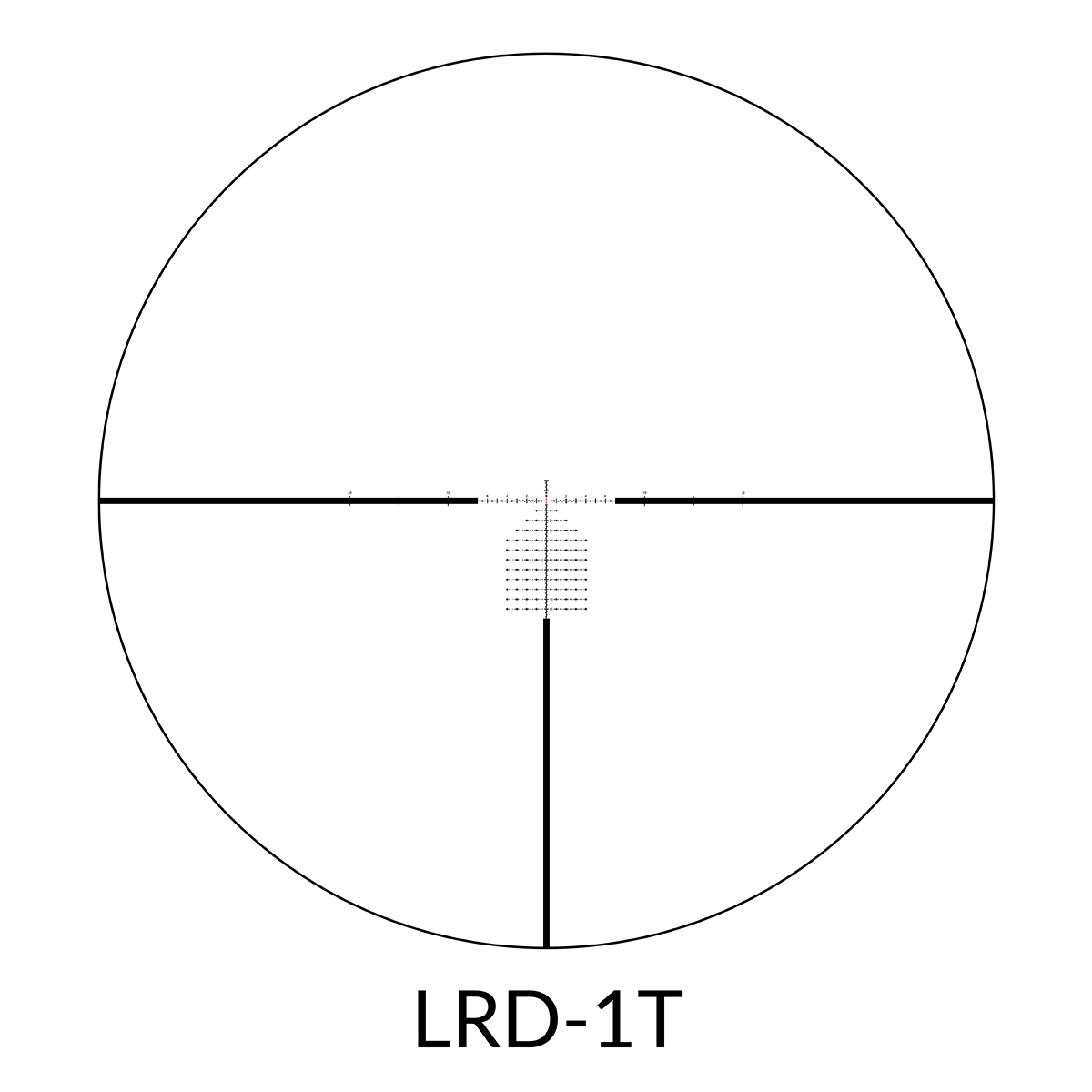
Last edited by Sarvo; 15-09-2020 at 11:02 AM.
-
15-09-2020, 04:05 PM #4
Similar Threads
-
Delta Stryker HD
By SlimySquirrel in forum Firearms, Optics and AccessoriesReplies: 6Last Post: 20-01-2025, 12:11 AM -
Leica PRS 5-30x56
By eamars in forum Firearms, Optics and AccessoriesReplies: 12Last Post: 03-05-2020, 01:09 PM
Tags for this Thread
Welcome to NZ Hunting and Shooting Forums! We see you're new here, or arn't logged in. Create an account, and Login for full access including our FREE BUY and SELL section Register NOW!!





 10Likes
10Likes LinkBack URL
LinkBack URL About LinkBacks
About LinkBacks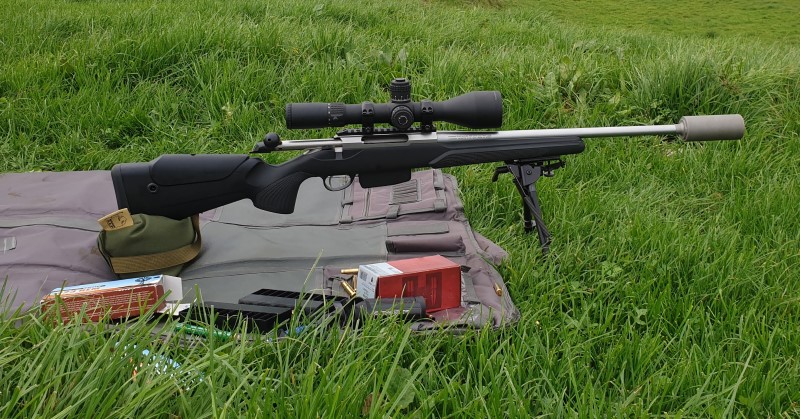
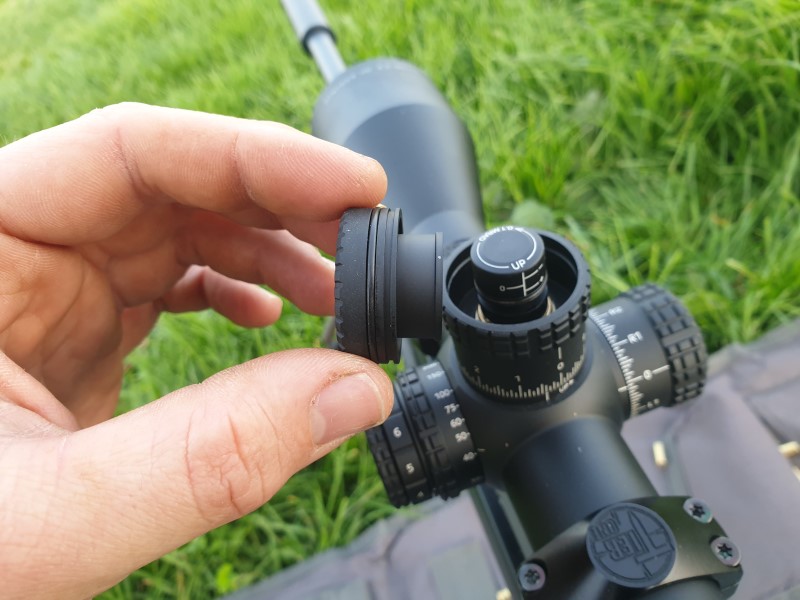
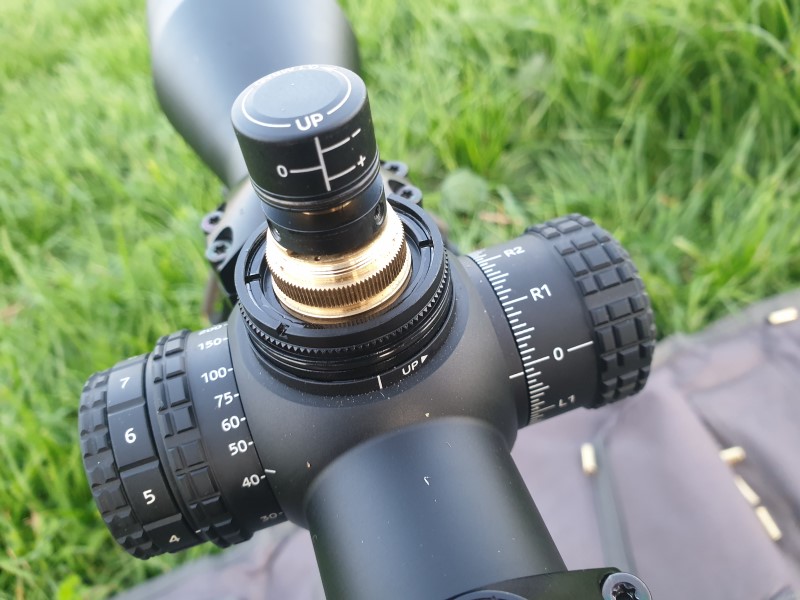
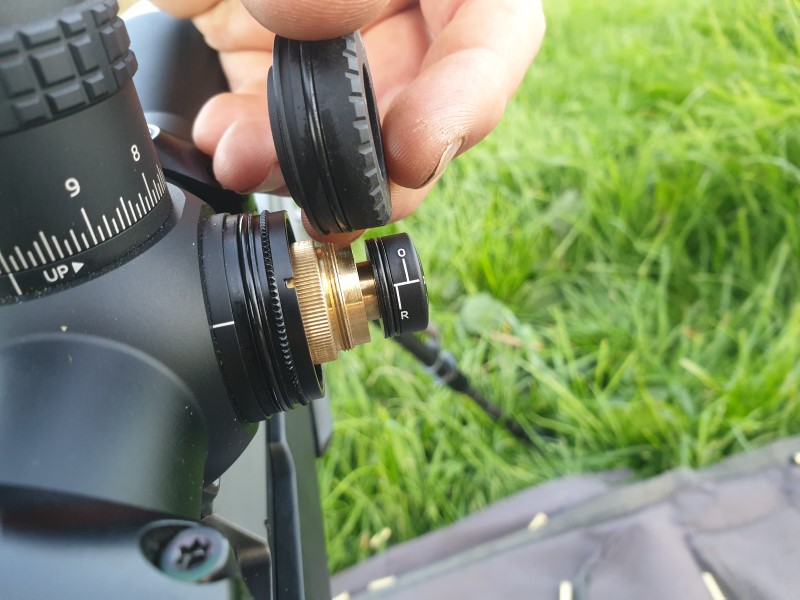
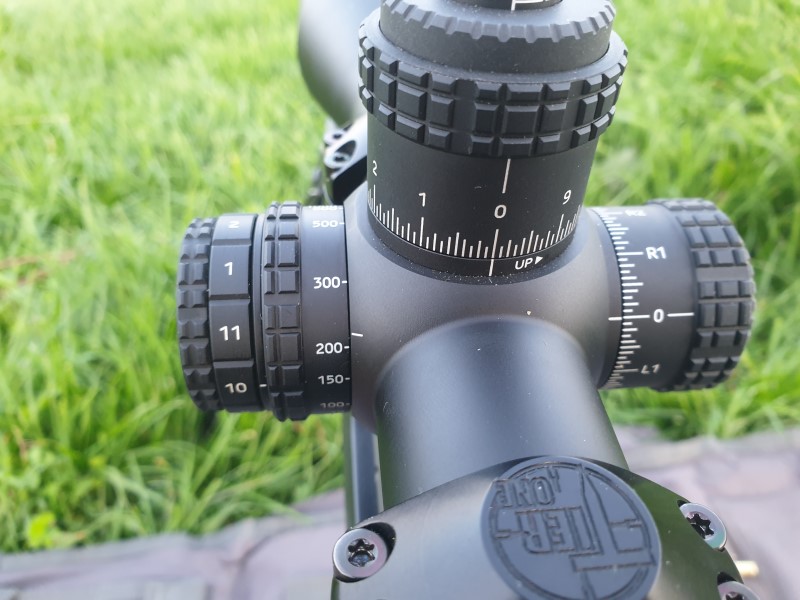
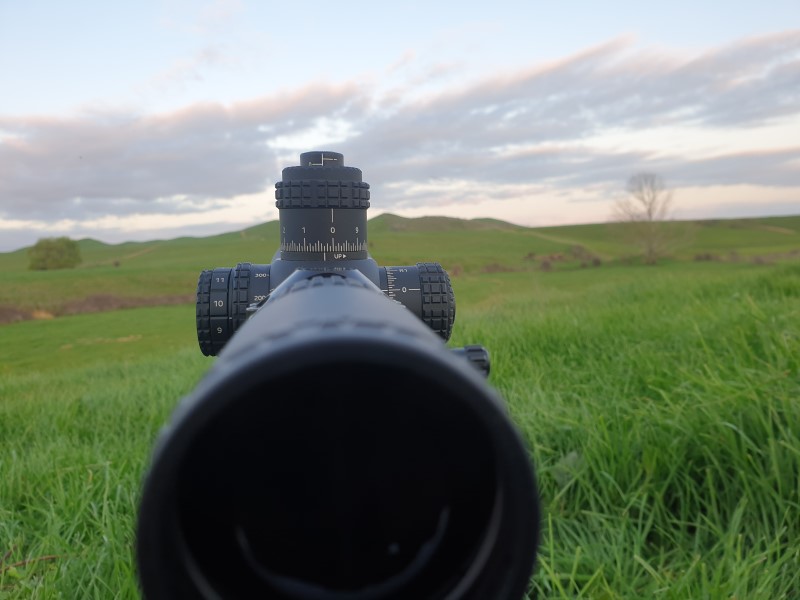
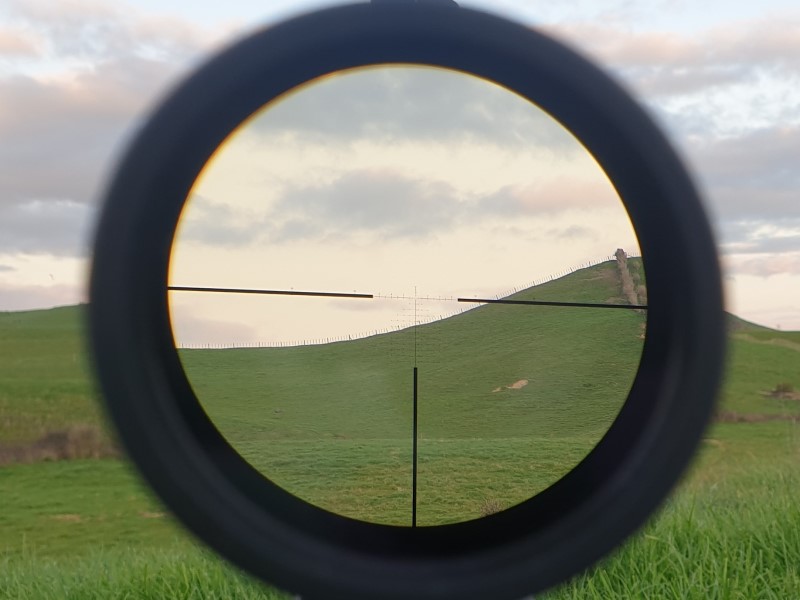
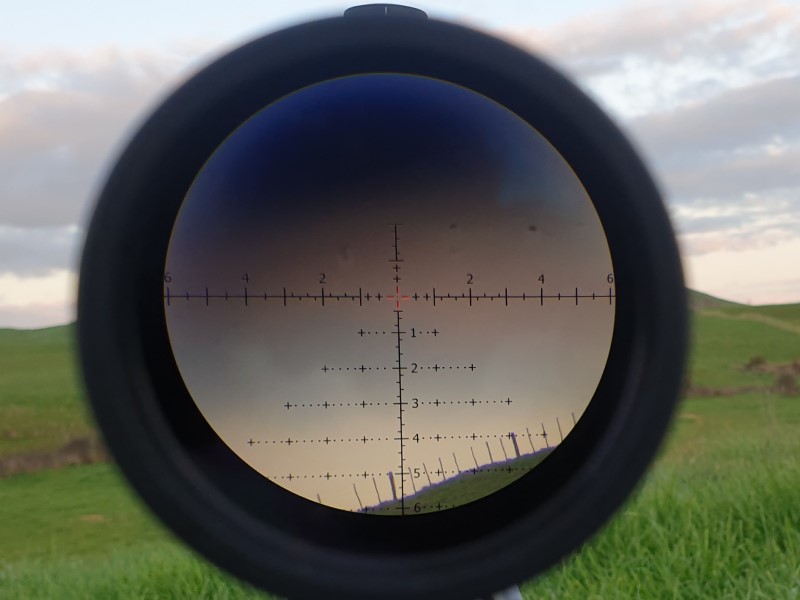
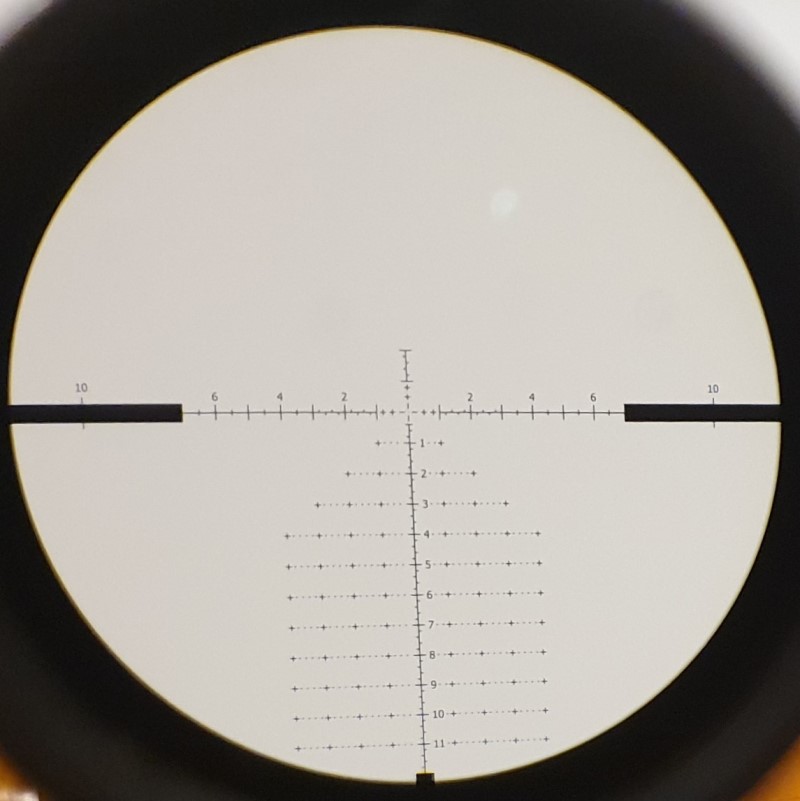
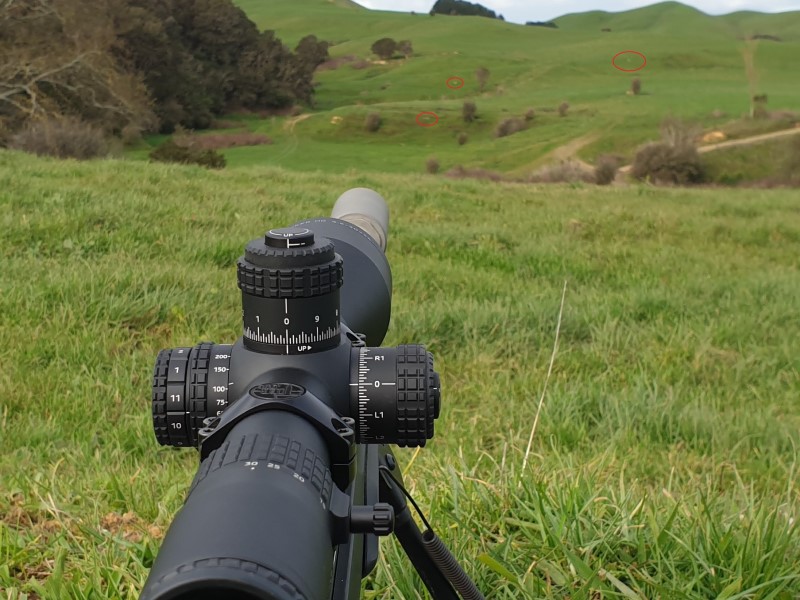




 Reply With Quote
Reply With Quote



Bookmarks